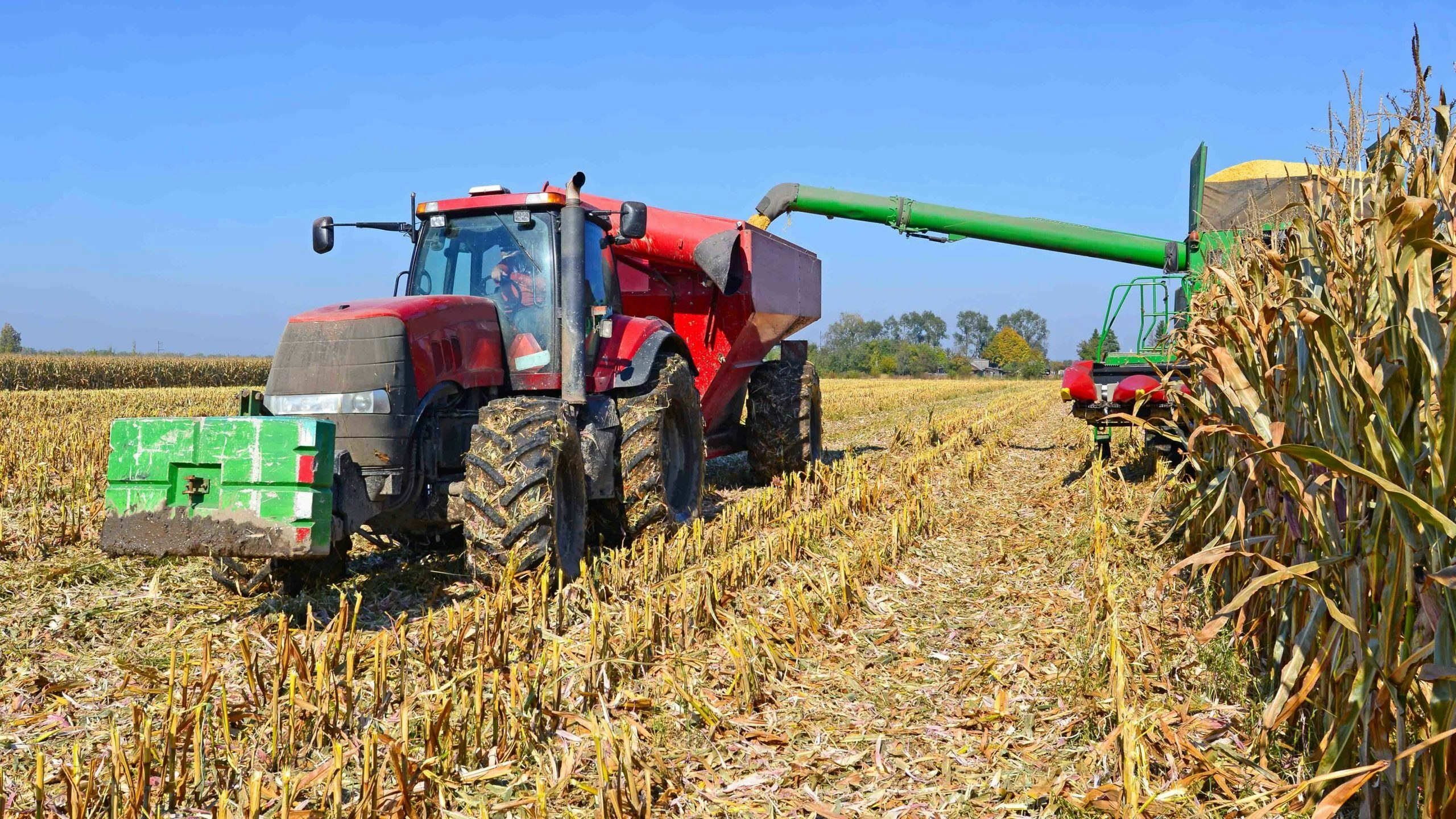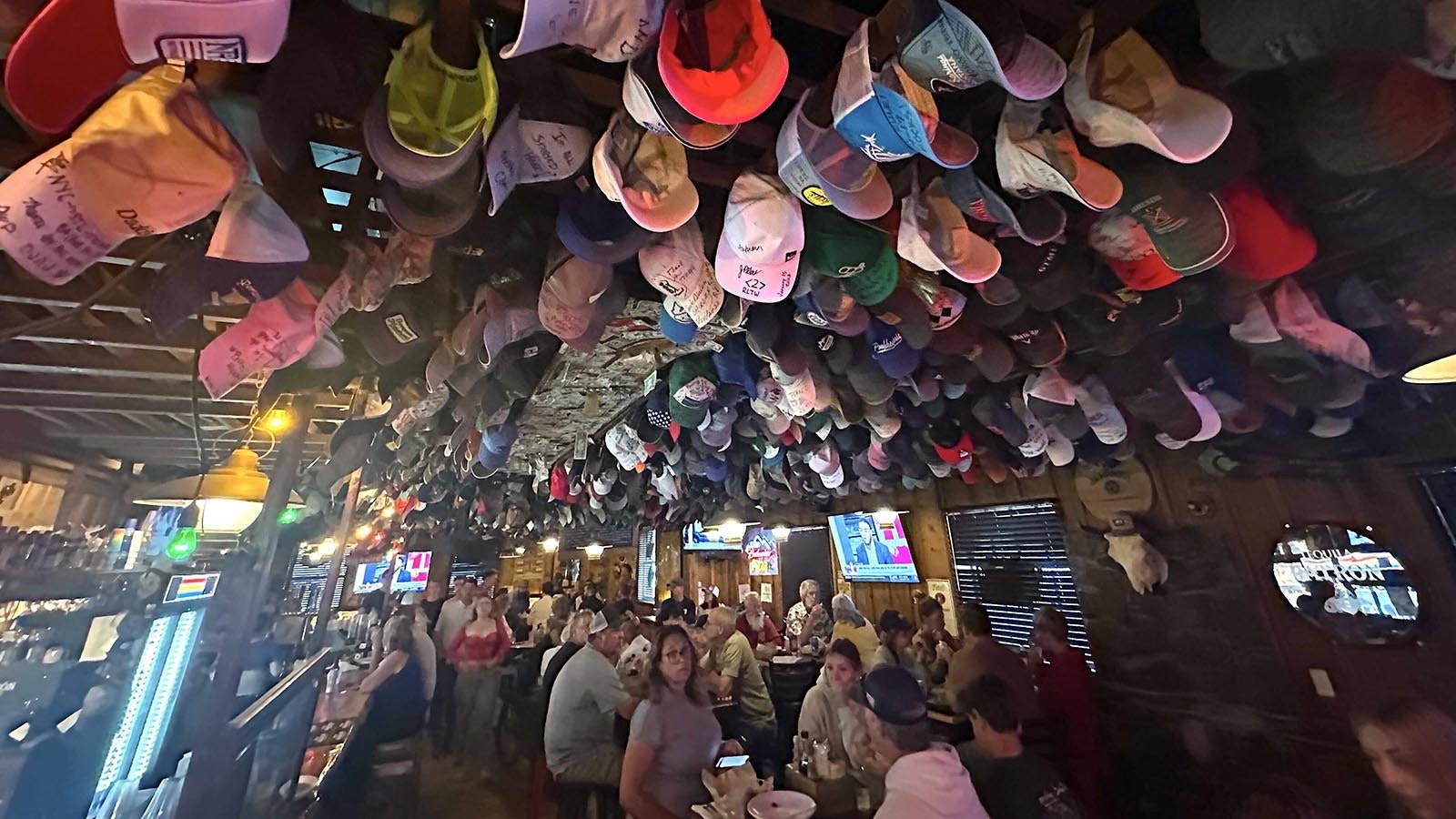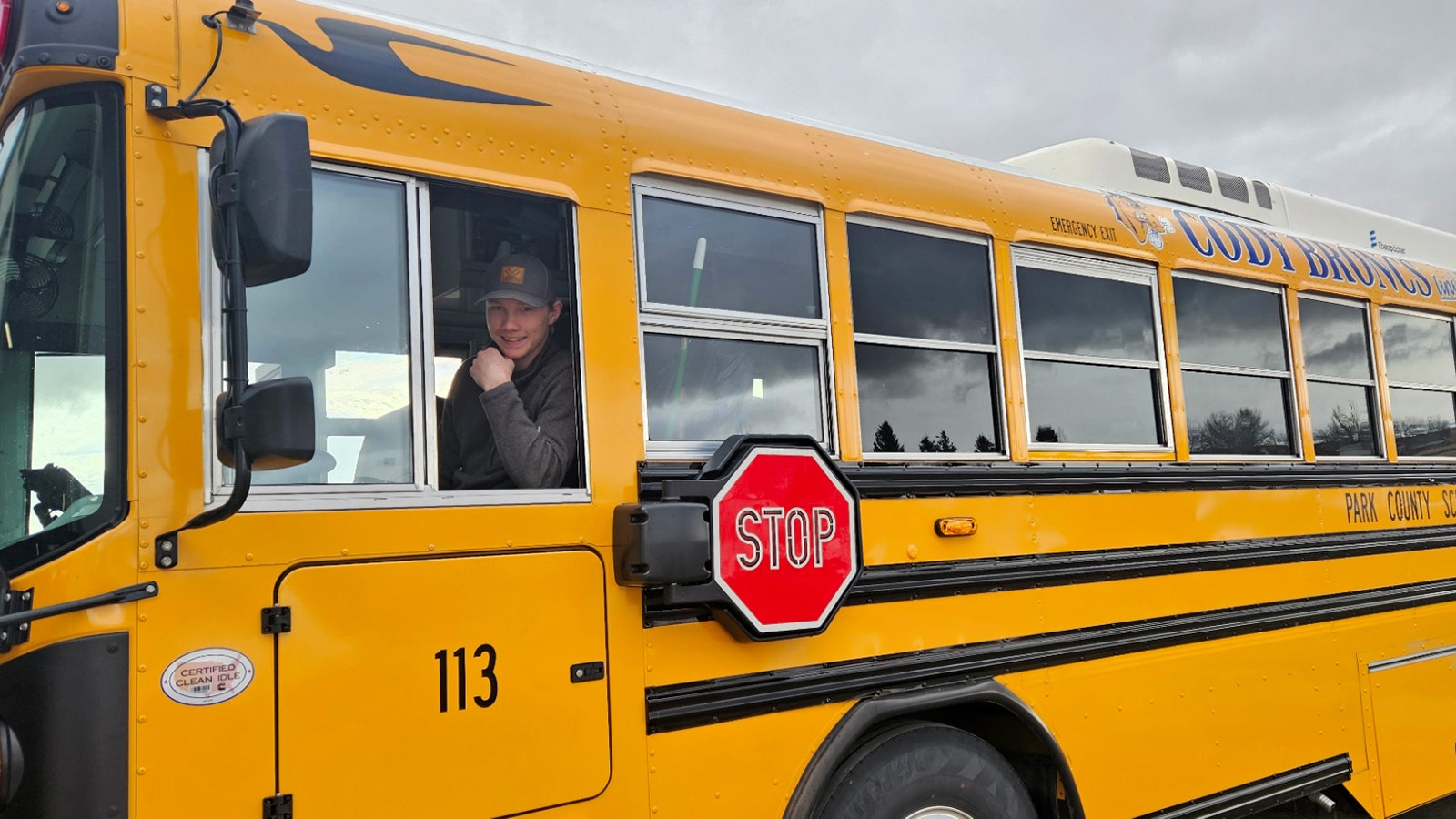The federal government paid Wyoming farmers $5.5 million in 2022 not to farm certain land plots, a significant leap from the 2021 grant of $3.4 million.
Industry experts credit changing demands for food and skyrocketing fuel and equipment prices in 2022 for Wyoming farmers’ growing interest in the federal Conservation Reserve Program.
The program’s goal is to preserve fragile land plots or other environmentally sensitive areas from the rigor of farming by letting farmers receive federal “rent” payments to leave the land alone for a decade. They also get cost-share payments for conservation startup costs, like ground-cover seeds.
Farmers will sign up for the Conservation Reserve Program if it looks more lucrative than farming. They’ll generally avoid it if they think it will be less lucrative.
Costs Up All Over
Commodity prices were up in 2022, which stood to benefit farmers opting to grow and sell, but the cost to operate also shot up.
Fuel, equipment, seed and chemicals were generally more expensive in 2022 than in 2021, Leslie Lohrenz, Wyoming state statistician for the U.S. Department of Agriculture, told Cowboy State Daily.
“I think they kind of continuously went up,” she said. “And that kind of affected everything down the line.”
Some farmers may also think of the annual grant money as a way to stabilize after the economic chaos of the COVID-19 era, said Lohrenz.
Annie Bryce, USDA’s farm program chief for Wyoming, told Cowboy State Daily earlier this month that 2021 saw a dip in program payout, which exaggerates the 2022 spike.
The program doled out $5.1 million to Wyoming farmers in 2020 from January through December.
The figure dropped to $3.4 million in 2021, with industry experts saying the rising commodity prices that year likely made farmers want to grow products.
Bryce said rental contracts for plots totaling 80,117 acres expired in 2020, leading to smaller program rolls the following year and the correlating funding drop.
Farmers also rose to meet food shortages and rising demands in 2021, said Bryce.
That’s Irrigated Cropland
Farmers in many Wyoming counties avoid the program altogether.
But Albany County, Goshen County and Laramie County farmers rely on it, with the first two winning roughly a third each of the total quantity of individual payouts and Laramie County people winning 10% of the 909 individual payouts it in 2022. These ratios refer to the number of payments, not the amount of dollars given.
Bryce said irrigation systems make the difference.
“The counties that have a lot of general (program) activity are our only counties with non-irrigated cropland,” she said, adding that to farmers with irrigated croplands, such as in Fremont and Sweetwater counties, “it’s just not fiscally productive for producers” to take their lands out of production.
Niobrara, Park, Platte, Big horn, Crook, Washakie, Sheridan, Hot Springs, Natrona, Lincoln and Campbell county farmers all benefitted minimally from the conservation reserve program in 2022.
But Fremont, Weston, Teton, Carbon, Converse, Johnson, Sweetwater, Sublette and Uinta county farmers did not enroll that year, according to a January-December breakdown of the rent and cost-share payments.
Reach Clair McFarland at Clair@CowboyStateDaily.com





